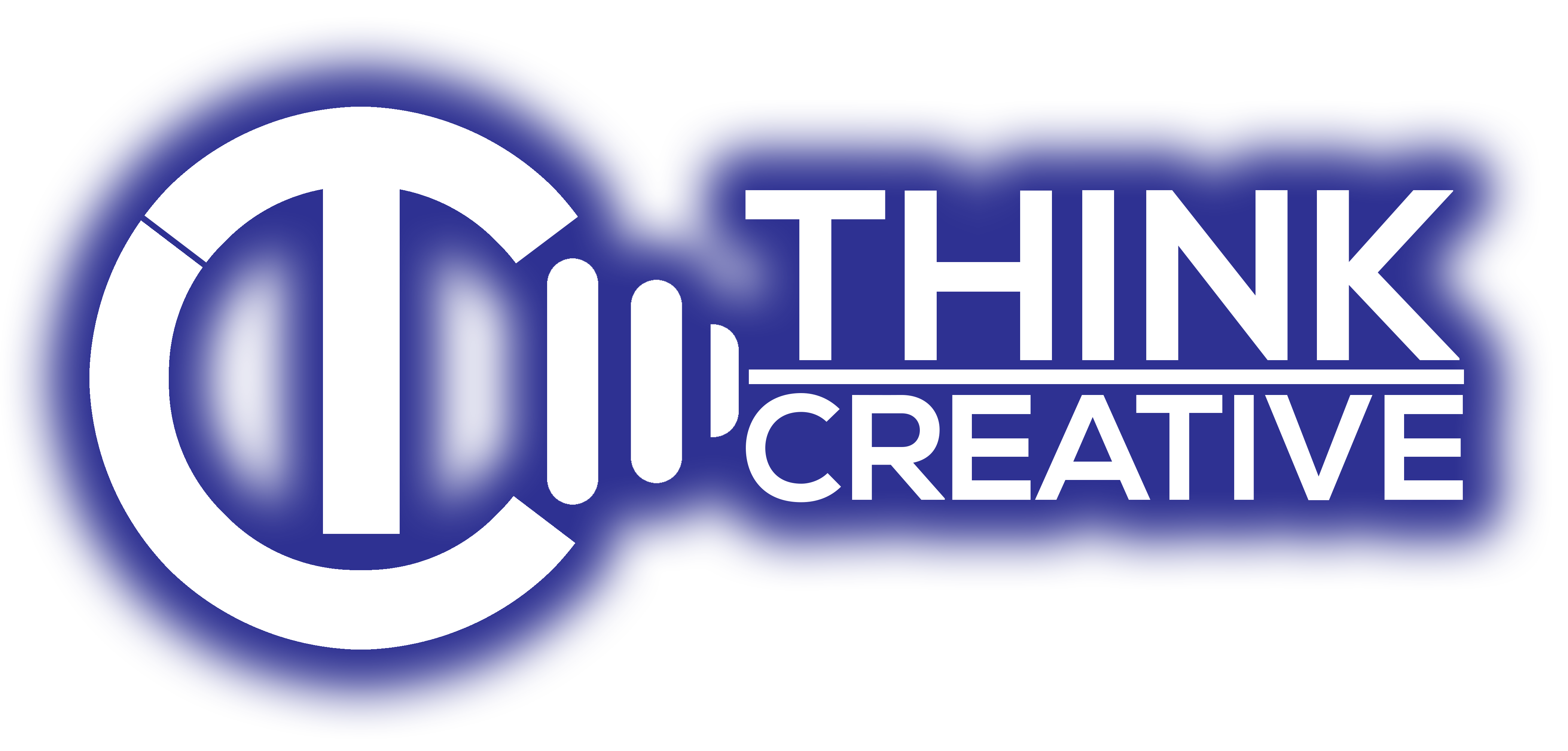The realm of Virtual Reality marketing is constantly evolving, demanding fresh, immersive experiences that captivate audiences and leave a lasting impression. In this ever-shifting landscape, virtual reality (VR) has emerged as a powerhouse tool, offering unparalleled opportunities to connect with consumers in a way that traditional methods simply cannot.
Why VR?
Imagine transporting potential customers to the heart of a lush rainforest to experience the wonders of ecotourism, or letting them test drive a new car model on a winding coastal road – all from the comfort of their living room. This is the magic of VR. It transcends the limitations of physical space and time, creating hyper-realistic environments that ignite emotions, fuel engagement, and forge lasting memories.
Beyond the Buzz: VR’s Marketing Benefits
The benefits of integrating VR into your marketing strategy extend far beyond mere novelty. Here are just a few ways it can give your brand a competitive edge:
- Boost Brand Storytelling: Craft compelling narratives that take consumers on a journey, immersing them in your brand’s values and story. VR allows you to showcase your products or services in a way that traditional media simply cannot replicate.
- Enhance Customer Engagement: VR fosters deeper connections with your audience by triggering emotional responses and creating lasting memories. Interactive VR experiences make potential customers active participants, not passive viewers.
- Stand Out from the Crowd: In a sea of homogenous marketing messages, VR offers a unique and unforgettable way to differentiate your brand. Be a pioneer in your industry and capture the attention of tech-savvy consumers.
- Gather Valuable Data: VR experiences can be tracked and analyzed, providing valuable insights into consumer behavior and preferences. This data can be used to optimize your marketing campaigns for maximum impact.
Making VR Work for You:
Integrating VR into your marketing strategy requires careful planning and execution. Here are some key considerations:
- Define your goals: What do you hope to achieve with VR? Brand awareness, product engagement, lead generation? Having clear objectives will guide your VR experience development.
- Know your audience: Tailor your VR experience to resonate with your target demographic. Consider their interests, age, and technological comfort level.
- Choose the right platform: There are various VR platforms available, each with its own strengths and limitations. Research and select a platform that aligns with your budget and technical capabilities.
- Create high-quality content: Immersive experiences hinge on high-quality VR content. Invest in professional development or collaborate with experienced VR creators to ensure a seamless and engaging experience.
The Future is Now: Embrace VR and Thrive
Virtual reality is no longer a futuristic fantasy; it’s a powerful marketing tool ready to be harnessed. By understanding its potential and implementing it strategically, you can create unforgettable experiences that connect with consumers on a deeper level, drive brand loyalty, and propel your business forward in the ever-evolving marketing landscape.
So, take the plunge, embrace the power of VR, and watch your brand soar to new heights.


Recent Comments